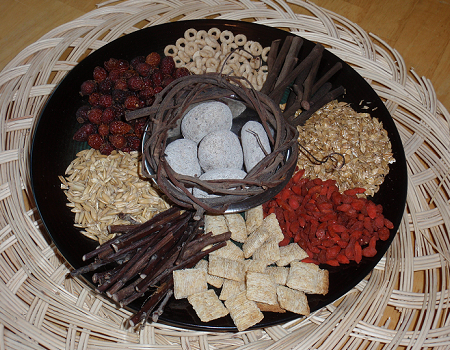For the month of August, five (5) chinchillas were surrendered and twelve (12) chinchillas were adopted.
We have an exciting month coming up for September where we've actually signed up and rented a corner booth for the Virginia Beach Pet Expo. We're hoping to get the word out about chinchillas as pets. The last time we received a mention in the local newspaper we had a record adoption month with 24 adoptions! If the Expo goes as planned, we may actually succeed in re-homing the remaining 30 or so chins we have available for adoption right now. Wish us luck!
And on a totally different note, we've had requests to assist with how to give medications to a chinchilla with fractured ribs. The shoulder hold used by veterinarians is not necessarily appropriate for chinchillas. It is common advice on pet forums to "burrito wrap" chinnies in a towel to give meds. This is also a risk of causing fractures. One poor rescue chin we received not only has a severe case of bumblefoot, but also has a broken tail from an improper burrito wrap when the owners tried their best to treat her.
So, we have some handy videos below to show how to administer eye drops and oral medications using the ear hold. Don't worry though, this is not painful for the chin. If it were painful or frightening, the chinnies would let out a squeal.








